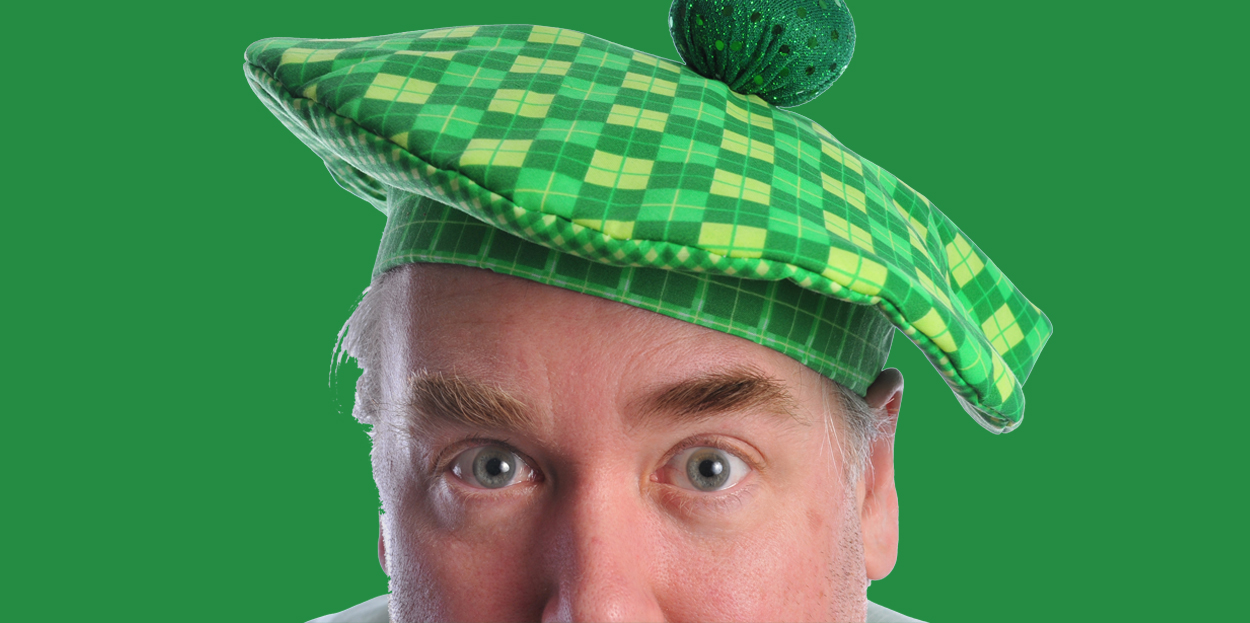Why Are Circuit Boards Green?

What’s your favorite color? It’s a question we all asked our playmates, parents and the nice lady in front of us at the grocery as a child. Or, conversely, maybe we’re now the nice ladies in line at the grocery—woah. Green typically ranks second, (blue securing first) but human eyes are most sensitive to the color green, neuroscientists finding that even those with color blindness show sensitivity to subtle shades.
Collectively, we’re a group of problem solvers at Freedom Consulting Group. When we don’t know the answer to a question, well, we figure it out. With St. Patrick’s Day approaching, we took a look around and asked why are certain objects green in the first place? (Albeit one of the more trivial questions we’ve asked this week.) We weren’t entirely sure what we were going to find—or even if it’d be all that interesting. But true to form we trudged on, and here’s what we learned:
Billiard/Card Tables:
Preindustrial paints and dyes were once so unstable that it was a pretty tricky task to successfully mix a green hue. Since the 16th century billiard and card tables have traditionally been covered in green baize, a felt-like, woolen material—a nod to both luck and chance, in addition to the color’s dicey nature.
Banker Lamps:
Typically associated with banking halls and libraries, banker lamps, or Emeralites, are those iconic table lamps with a brass stand, green glass and a pull-chain switch. Yeah, those guys. Why green? Green is viewed as a psychologically soothing and calming color, its usage appearing in offices and workspaces as a tool for concentration and productivity. And this association could also explain the reason for the name “Green Room”—the area actors and actresses wait in before going on-stage.
Printed Circuit Boards:
If the PCB itself is green it indicates it’s been made from glass-epoxy, which is naturally green. The solder mask, the layer on top of the copper foil, is overlaid onto the copper layer to insulate the copper traces from accidental contact with other metals, solders or conductive bits. Green is the most common color of solder masks, however nearly any color is possible.
U.S. Currency:
During the 1860s chemists discovered a method for making green dye stable, including the ink now in U.S. paper currency—dichromium trioxide. Making it resistant to destruction and fading, as well as difficult to counterfeit, it quickly became ubiquitous, appearing as the backdrop for every Washington, Lincoln, Hamilton, Grant and Franklin portrait on American banknotes.
Green Screens:
Green screen technology, or Chroma Key Compositing, is basically this: placing an image on top of a different background. And it’s been in use since the early 1900s, except the screen wasn’t originally green. First black, then blue and later yellow, it was during the 1990s when the color shifted to green—a color most opposing of the average skin color, reducing the risk of losing skin tones when removing the background.
Know the answer as to why we commonly associate another object with the color green? Go on, tell us in the comments!